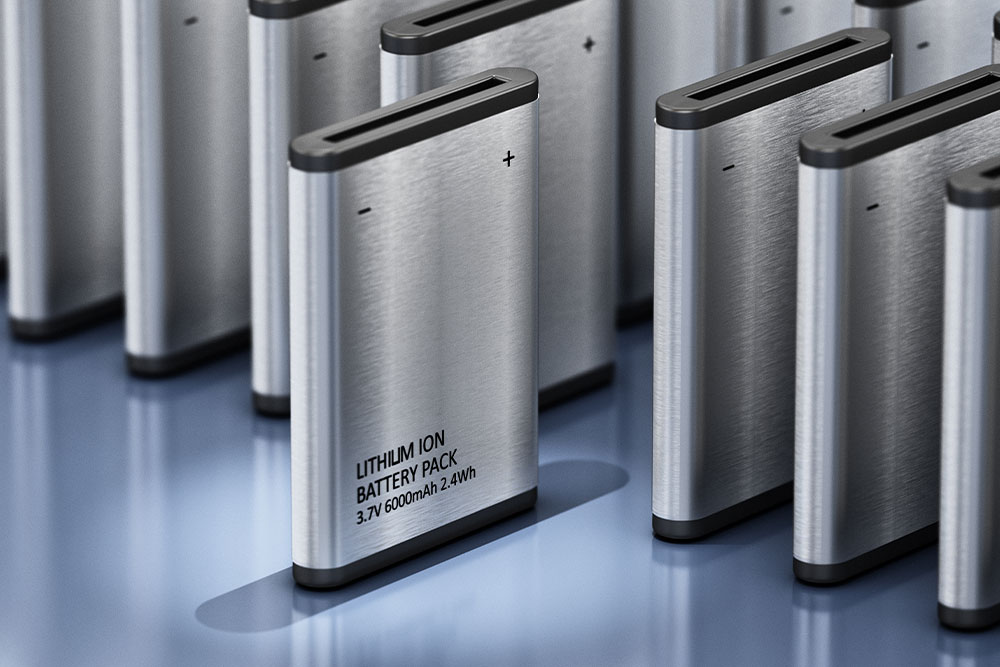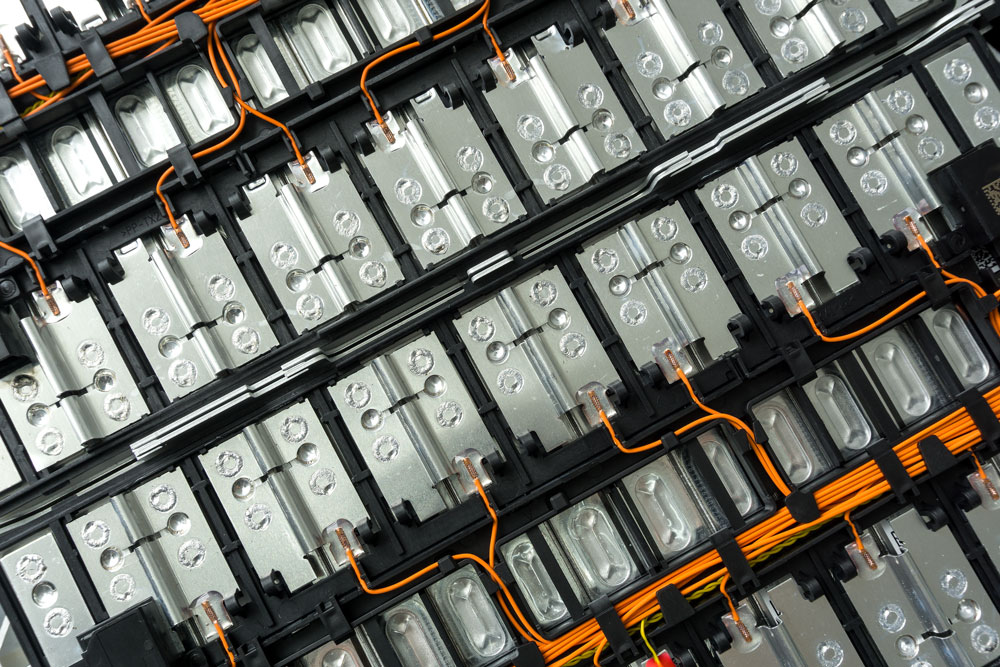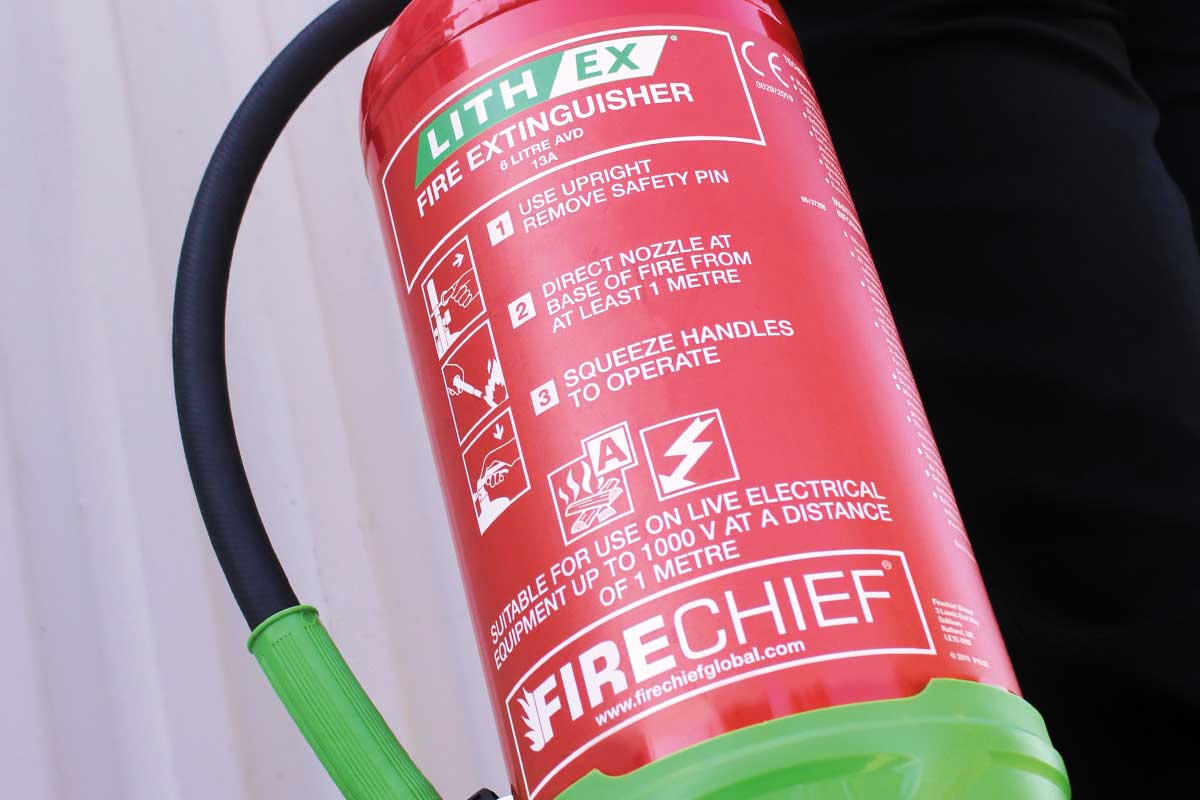What is the difference between a lithium battery and a lithium-ion battery?
According to the Battery University, a Lithium battery has lithium-metal electrodes and is generally non-rechargeable. With a single cell Lithium battery, once the cell has released all of its energy, the battery has finished its life. Lithium-metal batteries are usually used to power devices such as watches, calculators, temperature data loggers, car key fobs, flashlights, and defibrillators.
However, a Lithium-ion battery (also known as a Li-ion battery) is rechargeable, often without the need to remove it from the device. Lithium-ion batteries power devices such as mobile telephones, laptop computers, tablets, cameras, and power tools.
There are three types of cells within a battery – cylindrical, prismatic, and pouch cells. Many cells in a battery make a module and many modules will make a battery dependent on size, from 10 plus cells in small Lithium-ion batteries to over 7000 cells that are placed within an EV such as a Tesla.
So, why are Lithium-ion batteries a fire risk?
Lithium-ion batteries are small and lightweight but are capable of storing a large amount of energy. As a result of these characteristics, they are volatile under stress, therefore, if damaged or incorrectly charged they can be a fire risk.
Warning signs that a lithium-ion battery pack or cell is likely to fail include the battery appearing to bulge or swell, sometimes accompanied by other signs such as discharging too fast and/or the battery is hot to the touch.
Once a battery fails or ‘runs away’ the cells usually start to give off smoke. Thermal runaway is the chemical process within the lithium-ion battery, it produces heat and flammable toxic chemical gases very quickly, often before any flame appears. Read more about what causes Lithium-ion battery fires.
Explore our Lithium-ion Battery Safety Range
Our Firechief Lithium-ion Battery Safety Range includes Lithium-ion Battery Fire Extinguishers, fire blankets, suppression kits and fire resistant containers, these products are designed to put out and keep out Lithium-ion battery fires. For more guidance on what to use on certain applications, see our product selector.
Need advice or some more information on our Lithium-ion Battery Safety Range?





